Cause overflow and two-compliant nature count goes on "second loop", we was on far most right position 2147483647 and after summing 1, we appeared at far most left position -2147483648, next incrementing goes -2147483647, -2147483646, -2147483645, ... and so forth to the far most right again and on and on, its nature of summing machine on this bit depth.
Some examples:
int a = 2147483647;
System.out.println(a);
gives: 2147483647
System.out.println(a+1);
gives: -2147483648 (cause overflow and two-compliant nature count goes on "second loop", we was on far most right position 2147483647 and after summing 1, we appeared at far most left position -2147483648, next incrementing goes -2147483648, -2147483647, -2147483646, ... and so fores to the far most right again and on and on, its nature of summing machine on this bit depth)
System.out.println(2-a);
gives:-2147483645 (-2147483647+2 seems mathematical logical)
System.out.println(-2-a);
gives: 2147483647 (-2147483647-1 -> -2147483648, -2147483648-1 -> 2147483647 some loop described in previous answers)
System.out.println(2*a);
gives: -2 (2147483647+2147483647 -> -2147483648+2147483646 again mathematical logical)
System.out.println(4*a);
gives: -4 (2147483647+2147483647+2147483647+2147483647 -> -2147483648+2147483646+2147483647+2147483647 -> -2-2 (according to last answer) -> -4)`
